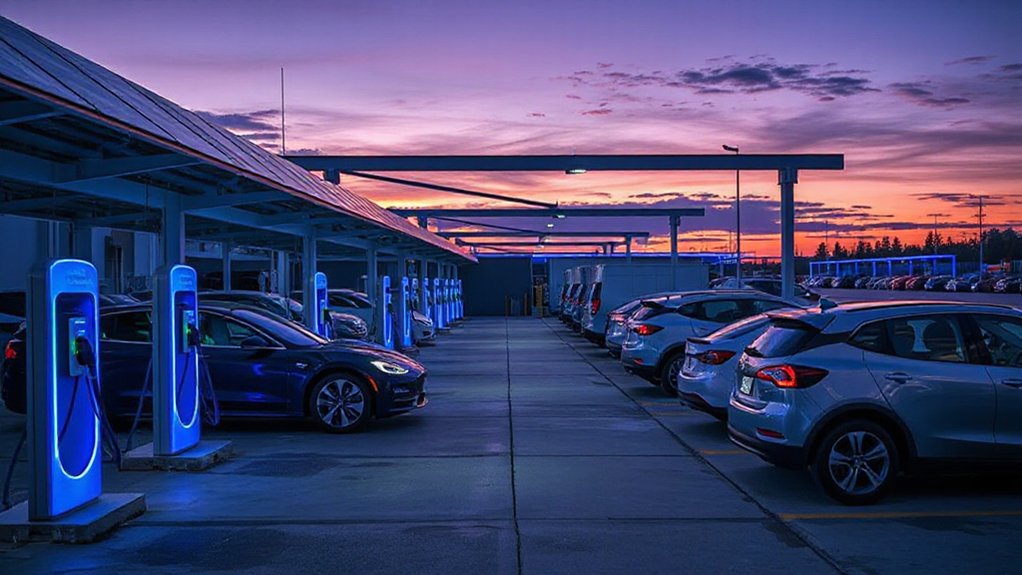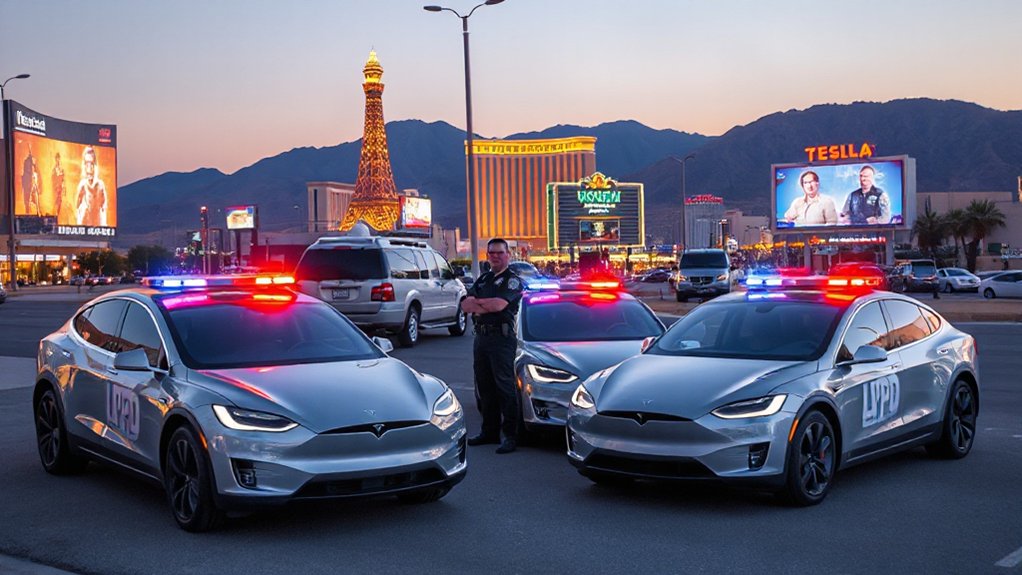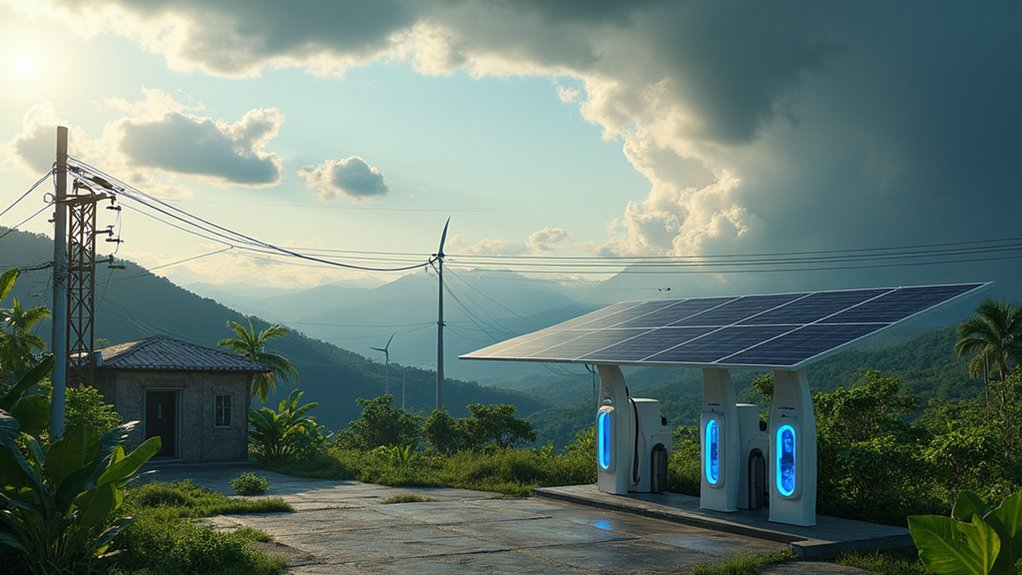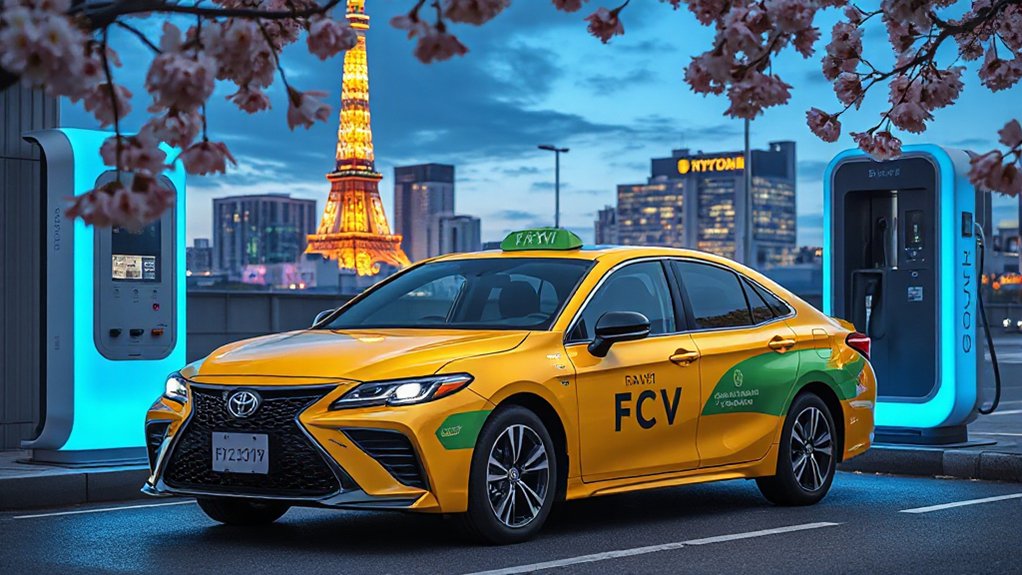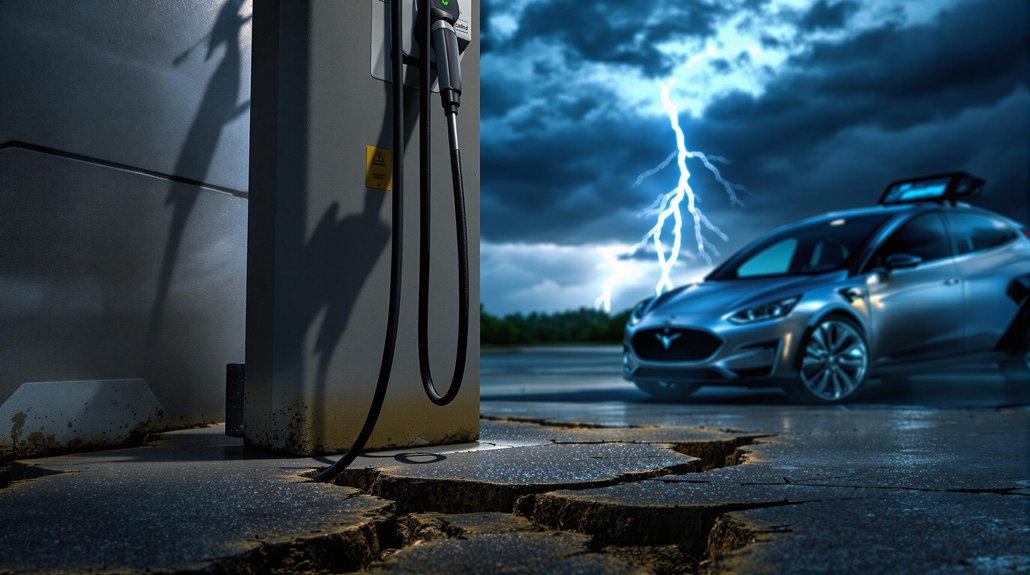As the electric vehicle market continues to grow, charging infrastructure across the U.S. and Europe is expanding rapidly to meet demand. The U.S. added 37,000 charge points in the past year, representing a 19% increase. Europe’s growth was even more impressive, adding 245,000 public charge points, a 27% increase. Total U.S. charging ports have now reached 55,580 across 10,839 stations by the first quarter of 2025.
Fleet professionals are embracing the electric transformation. About 64% now operate EVs within their fleets, and the percentage of fleet vehicles that are electric is expected to jump from 7% to 36% between 2024 and 2025. An overwhelming 87% of fleets plan to electrify within five years. Many fleets are taking a gradual approach, with 29% including plug-in hybrid EVs by late 2024.
Fleet electrification is accelerating rapidly, with adoption expected to quintuple in just one year as operators embrace the EV revolution.
Charger utilization in the U.S. dipped slightly to 16.2% after holiday travel peaks. Urban markets see much higher rates, averaging around 40% during peak hours. Reliability is improving across major markets, and utilization rates are trending upward in cities with high EV adoption. The industry has shown a continuous quarterly trend of reliability improvements as outdated hardware gets replaced.
Non-Tesla networks have increased their average ports per station from 2.7 to 3.9, while Tesla averages 13.0. States with higher charger ratios like New York, Kentucky, and New Mexico show faster adaptation to EV needs. Fleet depot installations are trending toward higher port density to allow simultaneous charging of multiple vehicles. These installations are benefiting from tax credit incentives provided by the Inflation Reduction Act that has spurred significant growth in renewable energy infrastructure.
Despite this progress, lack of accessible charging remains the top barrier to broader EV adoption, with 53% of people citing it as a concern. The average charging power is also improving, with the U.S. seeing a 28% increase in power per charger. Growth varies widely across regions, creating an uneven environment for EV drivers and fleet operators.
Looking ahead, the industry needs affordable battery electric vehicles and wider model selection for the next phase of fleet electrification. Infrastructure rollout must accelerate to meet expanding fleet demands and public needs. As the U.S. EV market share reaches 8%, the push for more charging options continues to drive this rapidly evolving industry.
References
- https://www.paren.app/blog/state-of-the-industry-report-us-ev-fast-charging-q1-2025
- https://www.automotiveworld.com/news-releases/here-technologies-ev-infrastructure-growth-slows-as-consumers-cite-charging-access-as-top-barrier-to-adoption-across-u-s-and-europe/
- https://www.morningstar.com/news/globe-newswire/1001126350/us-ev-market-matures-despite-infrastructure-gaps-and-consumer-hesitation
- https://qmerit.com/blog/2025-industry-insights-ev-fleet-conversion-survey/
- https://www.strategyand.pwc.com/n1/en/ev-charging-market-outlook-2025.html
